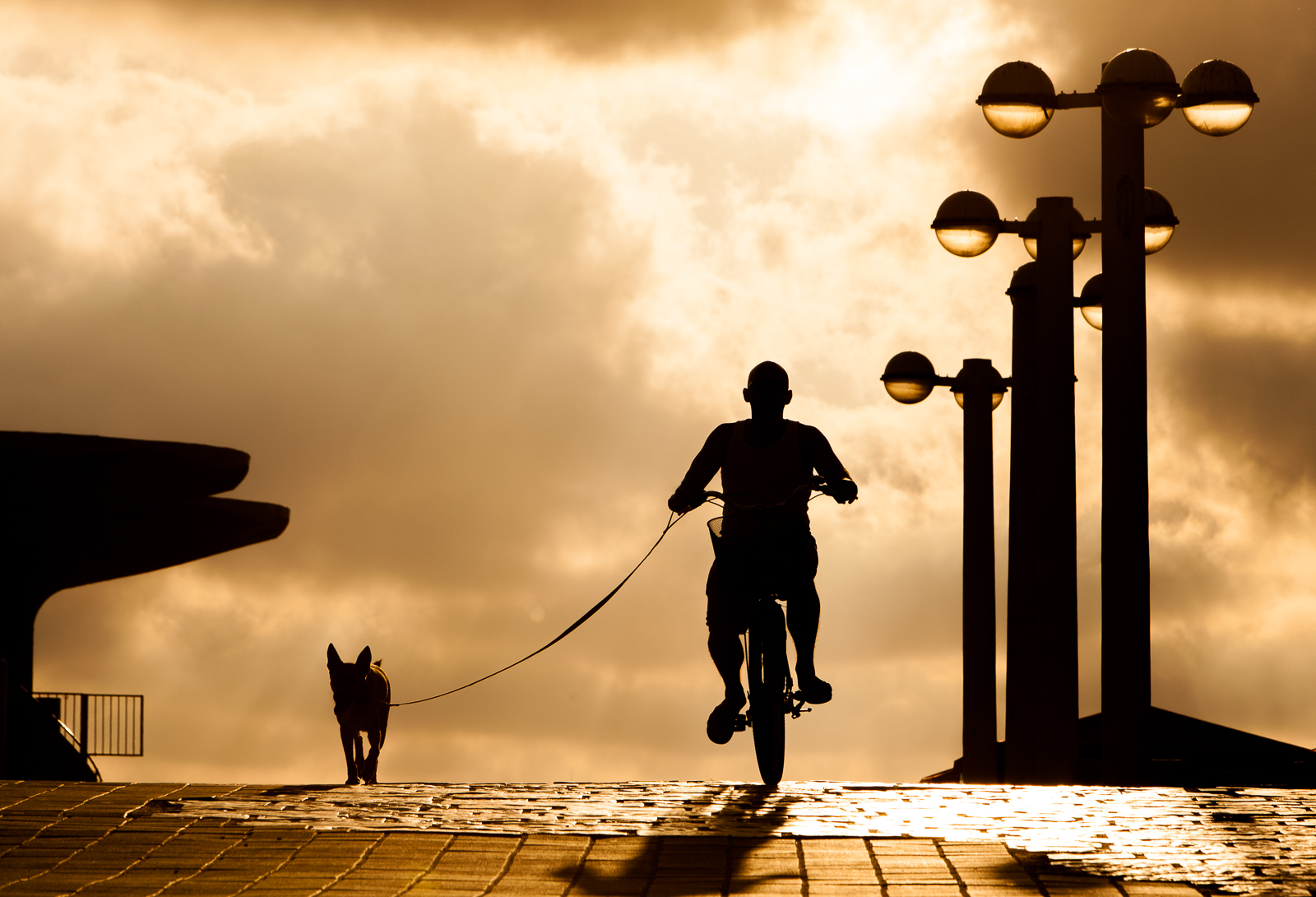For a couple of reasons my mind has been thinking of Iceland lately and so it was only going to be a matter of time before I found myself looking at the photographs I took there last year. Rather than look at the ones I’ve already selected for the final gallery, or the ones that made it to first and second pick, I decided to go all the way back to the original ones, which is not an easy task considering that there are 3,500 of them. But I’ve often found it useful to look at images that didn’t make the cut in the hope that eventually I’ll learn to stop making those mistakes.
So I was happy to find this lurking in the pile of photographs that didn’t make even first pick.
Ask around about what to see when in Iceland and I’ll guarantee that Jokulsarlon will be on the shortlist. Jokulsarlon is probably the most easily accessible glacial lake (Jokulsarlon translates as ‘glacial river lagoon’) that you can see and if you’re driving along the main road, route 1, then you cannot miss it as you literally have to drive over it, or at least the bridge that crosses its narrowest point. You can even take day trips from Reykjavik by coach, although it is a four hour journey.One of the reasons that Jokulsarlon is so popular is that the lake is full of an ever-changing collection of icebergs calving off the Breidamerkurjokull outlet glacier which gather in the lake before the tide inexorably draws them out to sea. If you’ve never seen an iceberg up close before you’re in for a treat and the combination of ice and volcanic ash found in Iceland is especially striking. And, if you can, I do recommend that you find a quiet spot along the lake’s edge away from the crowds, close your eyes and listen to the sound of hundred- and thousand-ton lumps of ice melting, shifting and cracking.
But if you have been to a polar extremity – northern Canada, Alaska, the far south of South America, the southern tip of New Zealand – where icebergs easily compete with apartment buildings in terms of size – the icebergs of Jokulsarlon seem, well, tame by comparison. I think that that is why, in my first and second pick of the Iceland photographs, none of the ones I took of the glacial lake made the cut. I didn’t see the beauty of the image, I saw the comparison to something ‘better’.
So, I’m glad I took the time to revisit images that I had already discounted as “not quite there” and it is a good reminder for me to take my own advice of performing a six-month (or in this case an eleven-month) review of images taken on a trip once the passage of time has dampened the excitement of the experience. Then you can be more objective about the images in their own right.
And that would have been the end of the story had it not been for an unrelated task I have this weekend. One of the guys in the office had asked for a copy of one of my Ethiopia images to use as a wallpaper on his PC and so I’ve been looking at that. And at some point the “I wonder what this image would look like as a wallpaper?” question popped into my head.
Modern computer monitors tend to favour the 16 by 9 format – the same format as used by HDTV televisions – which means that the crop of the image is totally different to that required by standard print paper. See for yourself:
Whilst the majority of interest lies from the left of the image to the centre the wider crop allows for the right hand side to be included and a lone floating lump of ice. In the ‘print’ crop I’ve excluded it as I wanted to strengthen the mirror effect of the water’s surface, but in the ‘wallpaper’ crop I’ve included it as a bit of foreground interest and I like the fact that it is aligned along the diagonal line in the water formed by the cloud’s reflection. It’s an important diagonal line too, leading from the edge of the frame right to the focal point of the image. In the print crop, the diagonal is still there, but shorter and with less impact – less visual weight.So, where am I going with this?
I guess there are two points I’m making, perhaps more to myself than anyone else. First, I shouldn’t dismiss an image simply as I have seen something more impressive – each image should be judged on its own merits. Second, the final crop has a big effect upon overall feel of the image and when pressing the shutter I need to ask myself “What is this image for?” Print? PC display? Instagram? After all, it’s easier to recompose, move if necessary, and take another shot whilst on location than it is to spend time in post production trying to get all the elements in a different crop.

![Same image, but a different feel. [Click to enlarge!]](http://davehoggan.com/wp-content/uploads/2015/04/jokulsarlon_wallpaper.jpg)


![There's no denying that a large image or graphic make a striking statement, but you have to choose carefully. The image should be timeless and detailed enough to reward people for repeated viewing with details they've missed in the past. [Click to enlarge]](http://davehoggan.com/wp-content/uploads/2015/04/MG_2667.jpg)
![Meeting rooms can be clinical places often decorated as an afterthought, if at all. Add a feature image (and maybe a potted plant or two) and even small rooms can feel more welcoming. [Click to enlarge]](http://davehoggan.com/wp-content/uploads/2015/04/MG_2655.jpg)
![It is a great way to encourage employees to take pride in the appearance of their place of work - by making it personal. [Click to enlarge]](http://davehoggan.com/wp-content/uploads/2015/04/MG_2661.jpg)
![Even a 10.1MP camera like the Canon 40D can produce respectable sized images like this 150cm by 100cm canvas. [Click to enlarge]](http://davehoggan.com/wp-content/uploads/2015/04/MG_2626.jpg)
